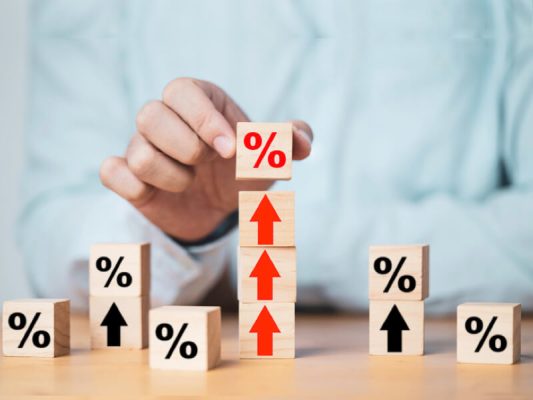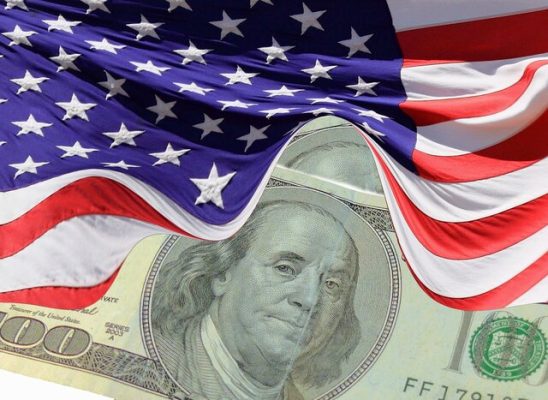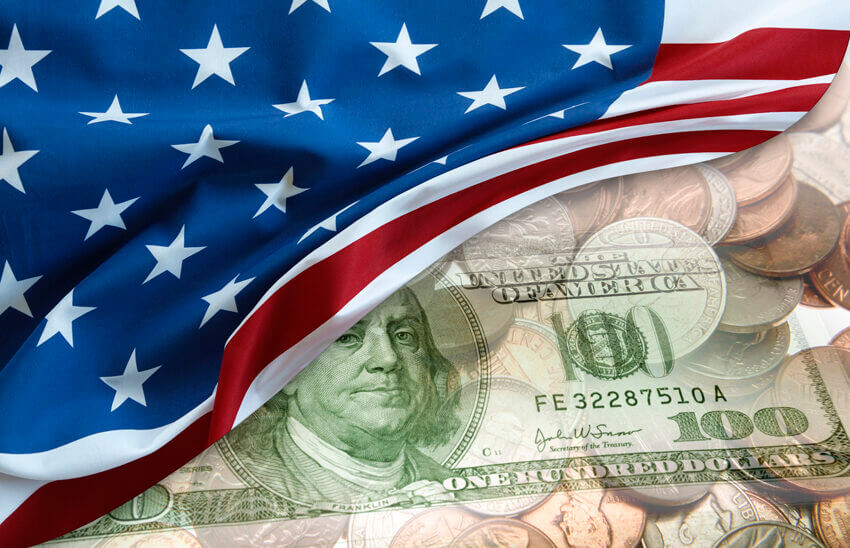US Economy Growth in First Quarter Revised Up Sharply to 2% Annual Rate, Defying Expectations
The US economy demonstrated surprising resilience in the face of higher interest rates, as it grew at a 2% annual pace from January through March.
This figure, revised sharply upward by the Commerce Department, represents a significant improvement from the previous estimate of a 1.3% annual rate.
The revision indicates that the economy fared better than initially believed, defying expectations of a more significant slowdown.
A key driver of the revised growth figure was robust consumer spending. Despite higher borrowing costs, consumers continued to spend at a strong pace, contributing to the overall economic expansion.
Consumer spending, which accounts for approximately 70% of the US economy. Increased at a remarkable 4.2% annual rate during the January-March quarter.
This growth rate represents the highest since April-June 2021, highlighting the resilience of consumer confidence and willingness to spend.
The revised growth figure was further bolstered by a surge in petroleum and other exports. Strong export performance contributed positively to the overall economic expansion during the first quarter.
However, the growth rate was partially offset by a cutback in business inventories. Which had a negative impact on overall economic growth.
Nevertheless, the economy managed to maintain a decent pace of expansion, highlighting its ability to withstand various challenges.
You may also like: U.S. Inflation Shows Signs of Persistence as Consumer Spending Rebounds
US Economy Durability and Job Market Strength

The US economy has continued to display unexpected durability, defying predictions of an impending recession. Despite the Federal Reserve’s efforts to control inflation through interest rate hikes, economic indicators remain strong.
Retail sales have continued to rise, indicating robust consumer demand. Recent reports have shown gains in new-home sales and orders for durable goods, reflecting strength in the housing and manufacturing sectors.
Furthermore, the job market has remained resilient, with employers adding an average of 314,000 jobs per month. The unemployment rate, at 3.7%, remains close to a half-century low.
While the economy has exceeded expectations, economists anticipate a further slowdown in the current April-June quarter. It is projected that annual growth for the quarter will amount to 1%.
The cumulative effects of higher interest rates are expected to impact economic activity going forward, potentially slowing the pace of growth.
Economists highlight that the lagged and cumulative effects of restrictive interest rates may dampen future economic performance.
However, the current economic resilience, coupled with positive job market indicators, suggests that the US economy has built a strong foundation to navigate potential challenges.
As the US economy moves forward, it will be crucial to monitor various factors that could influence growth.
The Federal Reserve’s monetary policy decisions, global economic developments, and potential changes in consumer sentiment and spending patterns will play significant roles in shaping the economic landscape.
Policymakers will need to balance the objectives of controlling inflation while ensuring that economic growth remains sustainable and inclusive.
Why are the Health and Stability of the US Economy Important?

The well being and strength of the US economy play a role in the landscape. Being one of the economies the United States holds sway, over trade, investment and economic policies. A steady US economy instills confidence in markets promoting investment and consumption.
Conversely any instability can trigger market fluctuations worldwide impacting employment opportunities, trade relations and overall economic growth on a scale. It is therefore crucial to prioritize the maintenance of an stable US economy, for the betterment of economic conditions.
What are the Sectors of the US Economy?
The US economy can be broadly categorized into sectors that contribute to its overall health and growth;
- Agriculture; This sector encompasses farming, fishing and forestry which play a role, in food production and the supply of materials.
- Manufacturing; Manufacturing involves the production of a range of goods including consumer products and industrial machinery.
- Services; The services sector is the one, comprising industries such as healthcare, education, finance, retail and technology services.
- Energy; Energy production and distribution are components of this sector. It includes sources like oil, natural gas and renewable energy.
- Technology; The technology sector is experiencing growth with its focus on software development, hardware manufacturing and internet related services.
- Construction; Construction activities involve the development of infrastructure as residential and commercial properties.
- Logistics; This sector is responsible for the movement of goods and people— for facilitating trade and commerce.
Each of these sectors plays a role, in contributing to the well being of the US economy.





